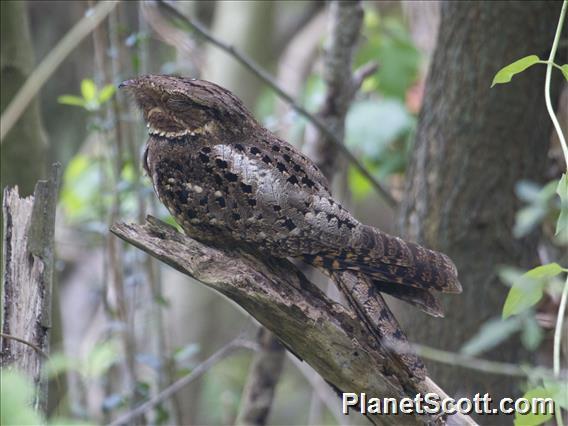Chuck-will's-widow (Antrostomus carolinensis)

Chuck-will's-widow (Antrostomus carolinensis)
×


Chuck-will's-widow (Antrostomus carolinensis)
About Chuck-will's-widow (Antrostomus carolinensis)
- Kingdom: Animals
- Phylum: Chordates
- Class: Birds
- Order: Owls And Nightjars
- Family: Nighthawks and Nightjars
The chuck-will's-widow is a nocturnal bird of the nightjar family Caprimulgidae. It is mostly found in the southeastern United States near swamps, rocky uplands, and pine woods. It migrates to the West Indies, Central America, and northwestern South America.
Lifelists
Trips
Visits
-
2013-04-19
Bolivar Peninsula, United States of America -
2014-01-26
Los Haitises National Park, Dominican Republic


